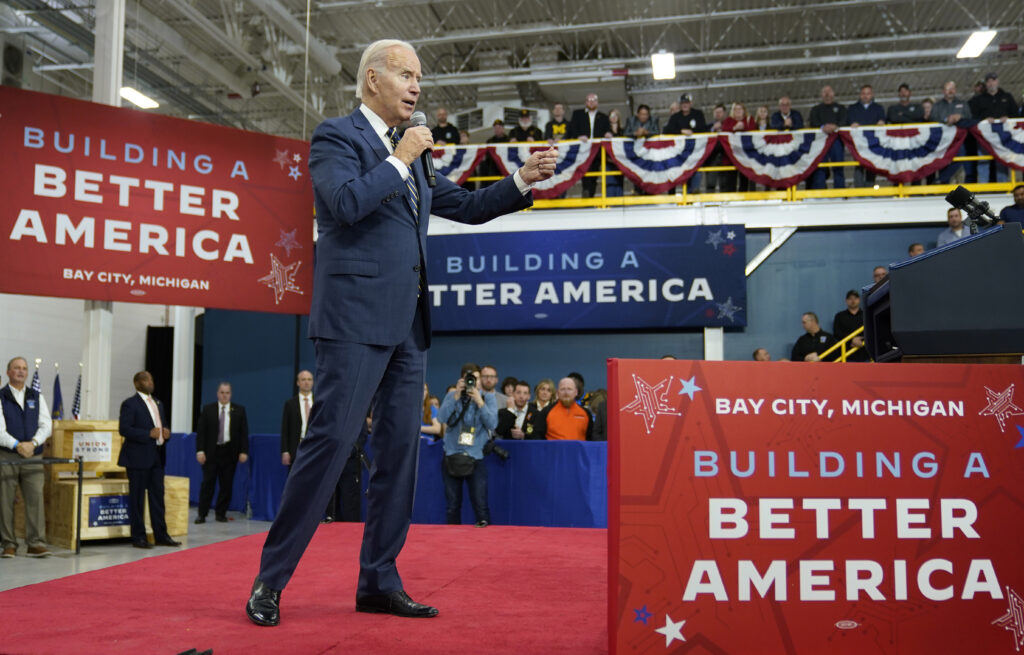The White House and Congress are quietly reshaping the American economic relationship with the world’s second-largest economic power, enacting a strategy to limit China’s technological development that breaks with decades of federal policy and represents the most aggressive American action yet to curtail Beijing’s economic and military rise. The Associated Press has the story:
1st Congress revealed Biden’s generational ambition
Newslooks- WASHINGTON (AP)
When he ran for the White House, Joe Biden told voters his presidency would be a bridge to the next generation. His first two years on the job have revealed it to be a much more ambitious venture.
As he nears the halfway mark on his first term, Biden is pointing to legacy-defining achievements on climate change, domestic manufacturing and progress on the COVID-19 pandemic — all accomplished with razor-thin majorities on Capitol Hill and rather dim views from the public.
Biden’s legislative accomplishments extend to nearly every aspect of American life -– although their impact may take years to be felt in some cases — and his marshaling of a global coalition to back Ukraine’s defenses and of democracies against China’s growing influence will echo for decades. He defied history in the midterm elections, persuading voters to stick with his vision of long-term gains despite immediate concerns about inflation and the economy.
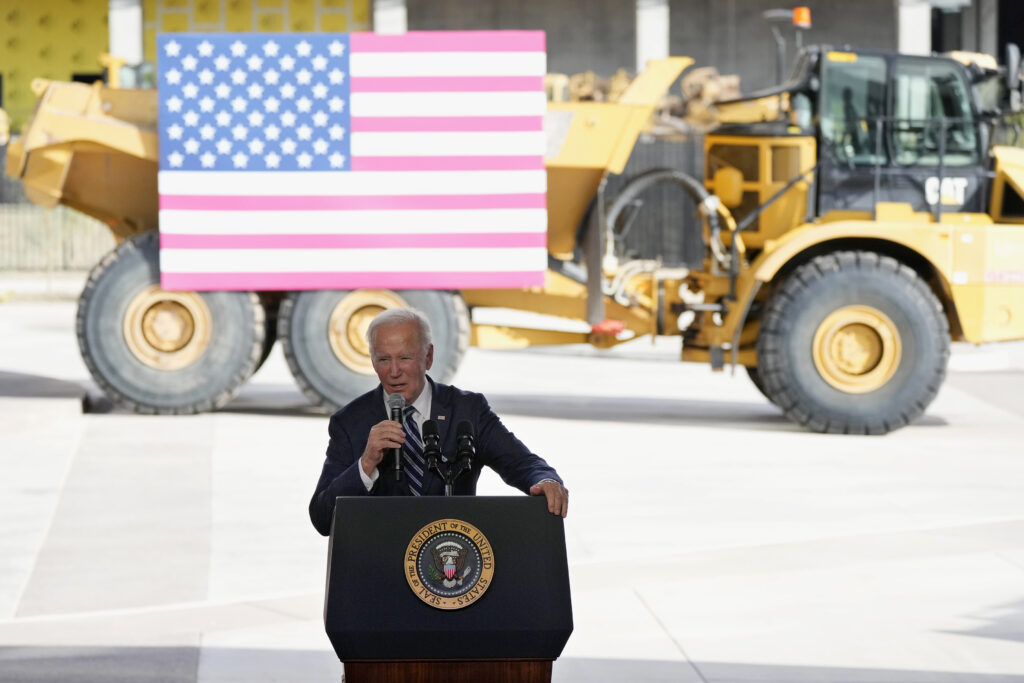
It turns out his conception of the job is about far more than restoring democratic norms and passing the baton, as the 80-year-old president looks toward an announcement in early spring that he’ll run again despite his record-setting age.
The road ahead will be far tougher: Republicans take control of the House on Jan. 3, the threat of recession looms during stubbornly high inflation, and sustaining support for Ukraine will be harder as the conflict approaches the one-year mark.
The next two years also will be complicated by a heavy overlay of 2024 presidential politics. And whatever Biden’s accomplishments, his job approval rating remains underwater and voters have expressed doubts about his capacity to lead. Biden swats away questions about his ability to hold up with a dismissive “watch me.”
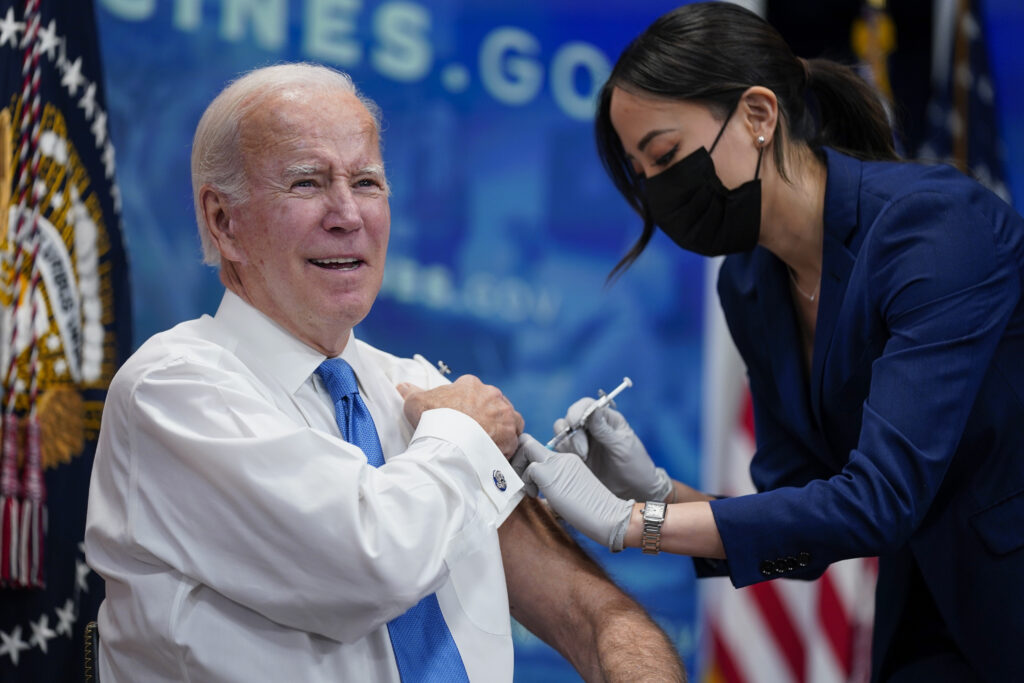
Commerce Secretary Gina Raimondo, echoing a refrain among presidential aides from chief of staff Ron Klain on down, says Biden has been “frequently underestimated.”
“I don’t think he ever thought of himself as a caretaker,” she said. “He came in with an unbelievably ambitious agenda, and a core belief that he had to preside over many investments in America and American workers, American infrastructure, American manufacturing, that presidents had not done or not been able to get done for decades before him.”
In the 2020 campaign, Biden offered himself as an experienced hand ready to step in to stabilize a pandemic-weary nation, but who was also mindful of a clamoring for fresh leadership.
“Look, I view myself as a bridge, not as anything else,” Biden said in March 2020, as he campaigned in Michigan with younger Democrats, including now-Vice President Kamala Harris, Sen. Cory Booker of New Jersey and Michigan Gov. Gretchen Whitmer. “There’s an entire generation of leaders you saw stand behind me. They are the future of this country.”
A week later, he swatted back at primary rival Vermont Sen. Bernie Sanders’ agenda saying, “People are looking for results, not a revolution.”
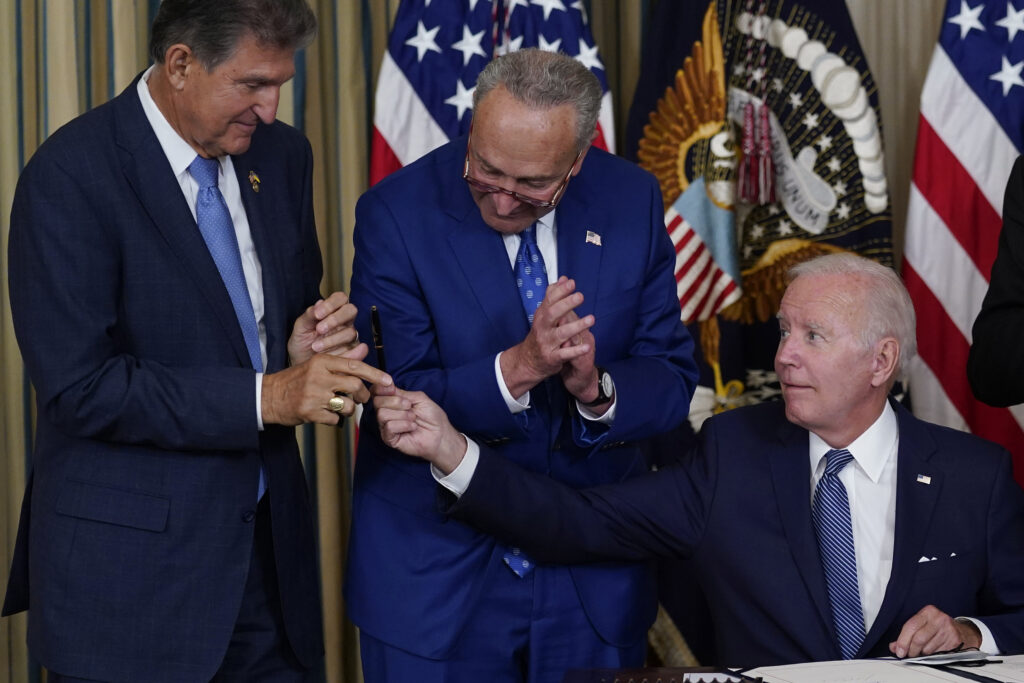
Those statement have often been thrown back at Biden by Democratic critics of two minds: moderates who have wanted him to curb the ambition of his agenda as he’s navigated an often-rocky legislative path, and progressives urging him to step aside in 2024.
“Nobody elected him to be F.D.R.,” Rep. Abigail Spanberger, D-Va., told The New York Times pointedly last year as Biden’s agenda appeared at a stalemate, a line that was seized on by House Republican leader Kevin McCarthy to critique Biden’s agenda.
Meanwhile, some prominent Democrats have publicly declined to endorse Biden’s reelection when confronted with the question, and the progressive group RootsAction is running ads in New Hampshire — recently unseated by Democrats as the first state on the primary calendar — calling on Biden to step aside for younger blood in 2024.
Biden aides and allies argue that such critics miss the point — that Biden never set out merely keep the seat warm for the whippersnappers to follow, nor does he believe he’s finished the job. His successes of late have quieted many doubters — though some in his party still harbor private doubts.
“He couldn’t have thought about it more differently,” said Kate Bedingfield, the White House communications director and longtime Biden aide. “He’s leading with his experience, and the next generation is leading alongside him.”
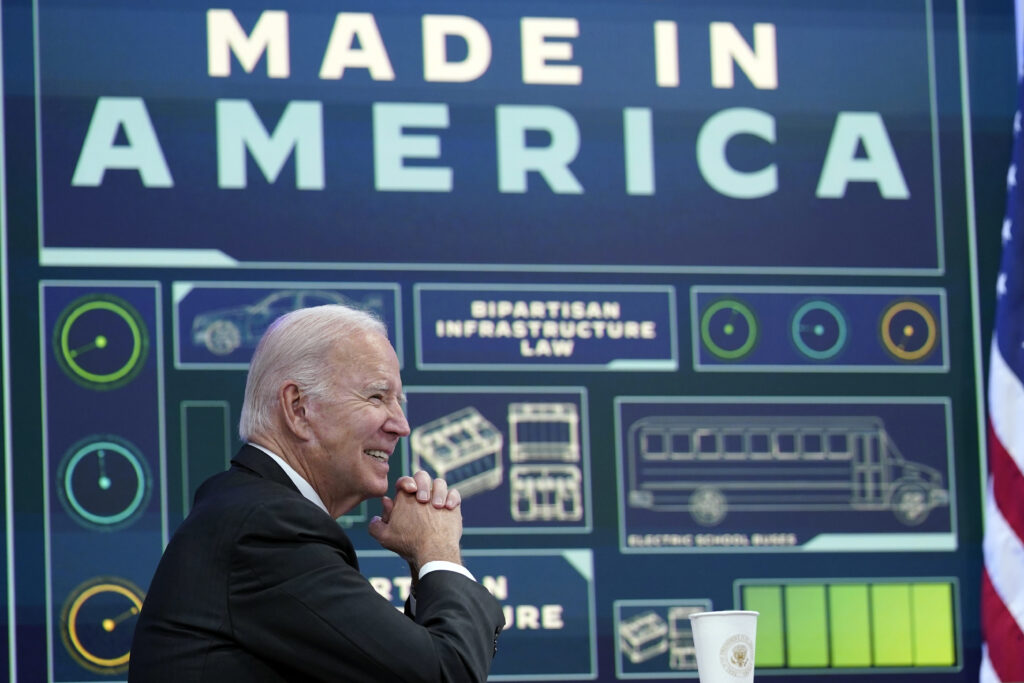
Bedingfield pointed to Biden’s relatively youthful Cabinet and to Democratic candidates across the country who won election in the 2022 midterms by running on the president’s agenda.
Says Democratic political consultant Jesse Ferguson: “He’s not giving a hand-off; he’s really giving a leg up to the next generation and people are responding to that.”
For restive young voters who may have once gravitated toward the younger crop of Democrats, Biden pollster John Anzalone said the president is offering proof of “getting things done for the new generation.”
“You saw that in how they voted in the 2022 cycle and you’ll see that in 2024,” he added.
Yet while younger voters skewed toward Democrats in the 2022 midterms, their enthusiasm waned from 2020, when dislike for the chaotic presidency of Donald Trump drove them to the polls in greater numbers. It’s a potential warning sign for Biden, especially if the GOP nominates a fresh face.
Biden entered the White House almost two years ago with pent up expectations but long odds for delivering on them with the slimmest of margins in Congress. Right out of the gate, he secured passage of the $1.9 trillion American Rescue Plan. But then he quickly ran into hurdles with a series of even larger proposals first billed as the “American Families Plan” and later the “Build Back Better” package.
A tortuous period of on-again, off-again talks with West Virginia Sen. Joe Manchin pared back those proposals and weighed down Biden and his White House for months, even after passage of the $1 trillion bipartisan infrastructure law.
In the legislative morass and the fallout from the darkest moment yet of Biden’s presidency — the chaotic withdrawal of American forces from Afghanistan last summer — Biden’s approval rating plummeted.
It wasn’t until mid-2022, as the midterm elections loomed, that Biden was able to break through the gridlock and secure legislation that would make for the most productive first-term Congress since President Lyndon Johnson, with bipartisan action on gun violence and rebooting domestic high-tech manufacturing, and Democrats-only investments in combating climate change and lowering drug costs.
“He had a big ambition for this presidency, in particular the need to make generationally important investments in the country, things that have been left undone, really for years, in many cases — the investment in the country itself,” said Biden senior adviser Steve Richetti. Biden, he said, set out to “restore the sense of what the presidency and what a president are capable of.”
Still, Biden fell short on some popular 2020 campaign promises, particularly on what his aides had billed as “human infrastructure” like free community college — a priority of first lady Jill Biden — expanding paid family leave and early childcare. And his fall pledge to forgive much of the nation’s publicly held student debt has been frozen pending Supreme Court arguments in February.
Biden’s next two years, aides say, will be necessarily constrained. Democrats lost unified control of Congress and his priorities will shift toward implementing new initiatives and reminding Americans of their impact as he heads into reelection. Biden, they said, will continue to look for areas of bipartisan cooperation, but little is expected on his biggest priorities like banning assault-style weapons and codifying a nationwide right to abortion.
Instead, he’ll look to highlight and build upon popular programs, like a $35 monthly cap on insulin costs for those on Medicare, that are set to take effect in January, while Cabinet agencies work to award and track hundreds of billions of dollars in new spending.
“The next two years are about those solutions impacting people’s daily lives and that starts with the insulin cap on Jan. 1,” Ferguson said.

